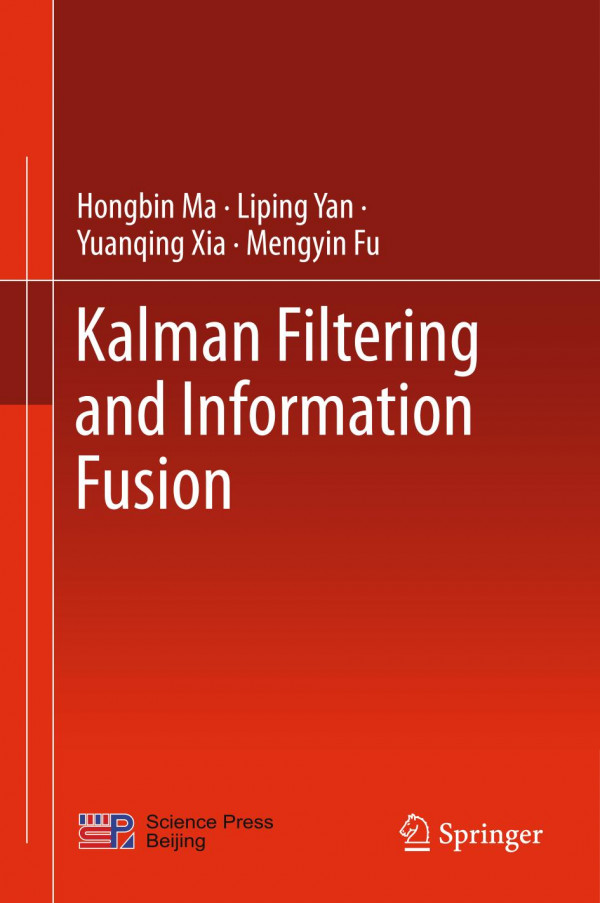

Most ebook files are in PDF format, so you can easily read them using various software such as Foxit Reader or directly on the Google Chrome browser.
Some ebook files are released by publishers in other formats such as .awz, .mobi, .epub, .fb2, etc. You may need to install specific software to read these formats on mobile/PC, such as Calibre.
Please read the tutorial at this link: https://ebookbell.com/faq
We offer FREE conversion to the popular formats you request; however, this may take some time. Therefore, right after payment, please email us, and we will try to provide the service as quickly as possible.
For some exceptional file formats or broken links (if any), please refrain from opening any disputes. Instead, email us first, and we will try to assist within a maximum of 6 hours.
EbookBell Team

4.1
40 reviewsThis book addresses a key technology for digital information processing: Kalman filtering, which is generally considered to be one of the greatest discoveries of the 20th century. It introduces readers to issues concerning various uncertainties in a single plant, and to corresponding solutions based on adaptive estimation. Further, it discusses in detail the issues that arise when Kalman filtering technology is applied in multi-sensor systems and/or multi-agent systems, especially when various sensors are used in systems like intelligent robots, autonomous cars, smart homes, smart buildings, etc., requiring multi-sensor information fusion techniques. Furthermore, when multiple agents (subsystems) interact with one another, it produces coupling uncertainties, a challenging issue that is addressed here with the aid of novel decentralized adaptive filtering techniques.Overall, the book’s goal is to provide readers with a comprehensive investigation into the challenging problem of making Kalman filtering work well in the presence of various uncertainties and/or for multiple sensors/components. State-of-art techniques are introduced, together with a wealth of novel findings. As such, it can be a good reference book for researchers whose work involves filtering and applications; yet it can also serve as a postgraduate textbook for students in mathematics, engineering, automation, and related fields.To read this book, only a basic grasp of linear algebra and probability theory is needed, though experience with least squares, navigation, robotics, etc. would definitely be a plus.